Outline is Representative of Size and Shape:

Name Details:
Identified By: Edward G. Scully
Named For: County in Missouri
Date Identified: 1951
Type Site: Various sites in St. Charles County, Missouri
Identified By: Edward G. Scully
Named For: County in Missouri
Date Identified: 1951
Type Site: Various sites in St. Charles County, Missouri
Point Validity:
Valid type
Scully is a highly respected anthropologist from the University of Michigan who conducted extensive research in the Mississippi River valley and identified many different types of projectile points. This type was named in a professional publication and has many professional references. This is considered a valid type.
St. Charles Corner Notch
AKA: Dovetail (collectors)Plevna (Tennessee River Valley - Cambron)
Hardove (Morrow, 2016)
Becker(MaGahey, 2000)
Cluster: Thebes Cluster
Description of Physical Characteristics and Flaking Pattern:
This is a medium to large corner notched point with an elliptical to rhomboid cross section. The blade is primarily excurvate, but may be straight to recurvate in re-sharpened examples. The blade may be left alternating beveled or serrated. The shoulders are barbed, but may be straight in some examples. The notches are diagonal that tend to be deep and narrow. The stem is expanding. The base is convex and never straight. The base and notches are commonly heavily ground. This point is manufactured using even percussion flaking with selective pressure flaking used to finish and trimming the blade forming a random flaking patter. This point often exhibits a high quality of workmanship. Heat treatment is not used on this type.
Size Measurements:
Total Length - 45 to 160 mm (65 mm average), Stem Length - 12 to 17 mm (15 mm average), Blade Width - 26 to 40 mm (34 mm average), Stem Width - 24 to 31 mm (27 mm average), Thickness - 7 to 10 mm
Total Length - 45 to 160 mm (65 mm average), Stem Length - 12 to 17 mm (15 mm average), Blade Width - 26 to 40 mm (34 mm average), Stem Width - 24 to 31 mm (27 mm average), Thickness - 7 to 10 mm
Commonly Utilized Material:
Additional Comments:
This type was originally reported to be a late Archaic to Early Woodland point. The point was then found in Alabama by Cambron (1964), which was correctly identified as early Archaic. Due to the difference in time period, the point was named Plevna after the Plevna Site in Alabama. When the corrected time period was identified for the St. Charles point, it was realized that both points were the same (Justice, 1987). Some people still refer to a beveled St Charles point from the Tennessee River Valley as a Plevna point. The bottom row of pictures show beveled "Plevna Variants" of the St. Charles point. MaGahey renamed the Plevna Varient to Becker.
Robert Converse identified three variations to this point; 1. Small Base Dovetail. 2. Wide Base Dovetail. 3. Notched Base, Justice (1987) identifies this as an infrequently found variation.
Charles Edler (1990), identified 9 variation of this point, but his analysis of these points have been questioned as whether they are true variants or just idiosyncrasies of individual points (W2).
Morrow (2016) states that the St Charles points have a narrow deep notch. Examples with a wide V notch would be considered a round base Hardin. He discusses a type called Hardove which he feels is the intermediate between the Hardin point and the St. Charles point.
This type was originally reported to be a late Archaic to Early Woodland point. The point was then found in Alabama by Cambron (1964), which was correctly identified as early Archaic. Due to the difference in time period, the point was named Plevna after the Plevna Site in Alabama. When the corrected time period was identified for the St. Charles point, it was realized that both points were the same (Justice, 1987). Some people still refer to a beveled St Charles point from the Tennessee River Valley as a Plevna point. The bottom row of pictures show beveled "Plevna Variants" of the St. Charles point. MaGahey renamed the Plevna Varient to Becker.
Robert Converse identified three variations to this point; 1. Small Base Dovetail. 2. Wide Base Dovetail. 3. Notched Base, Justice (1987) identifies this as an infrequently found variation.
Charles Edler (1990), identified 9 variation of this point, but his analysis of these points have been questioned as whether they are true variants or just idiosyncrasies of individual points (W2).
Morrow (2016) states that the St Charles points have a narrow deep notch. Examples with a wide V notch would be considered a round base Hardin. He discusses a type called Hardove which he feels is the intermediate between the Hardin point and the St. Charles point.
Distribution: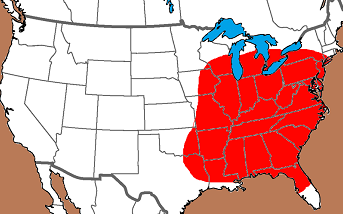

Distribution Comments:
These points are commonly found through out the Midwest. Most common in the Ohio River Valley and into the mid Mississippi River valley. May be found with less frequency into Minnesota, southeastern Oklahoma, and northeastern Texas.
Age / Periods:
Date: 10,000 - 8,000 B.P.
Cultural Period: Early Archaic
Glacial Period: Early to Middle Holocene
Culture:
Date: 10,000 - 8,000 B.P.
Cultural Period: Early Archaic
Glacial Period: Early to Middle Holocene
Culture:
Age Details:
Similar Points:
Becker, Big Creek, Bolen, Cossatot River Form A, Cupp, Ecusta, Gibson, Hardove, Hopewell, Kings, Kirk Corner Notch, Lafayette, Snyders, Warrick
Becker, Big Creek, Bolen, Cossatot River Form A, Cupp, Ecusta, Gibson, Hardove, Hopewell, Kings, Kirk Corner Notch, Lafayette, Snyders, Warrick
Other points in this cluster / Related / Associated Points:
Calf Creek, Lost Lake, Thebes, Thebes E Notch
Calf Creek, Lost Lake, Thebes, Thebes E Notch

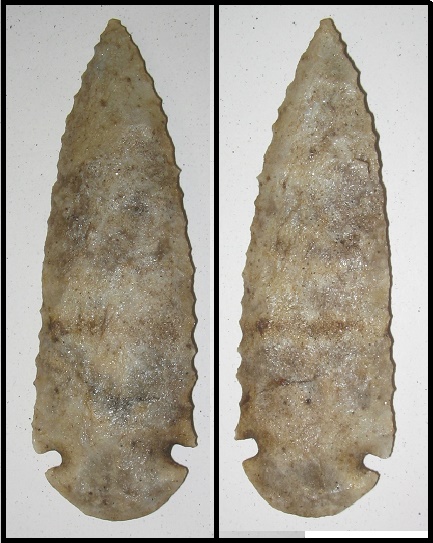
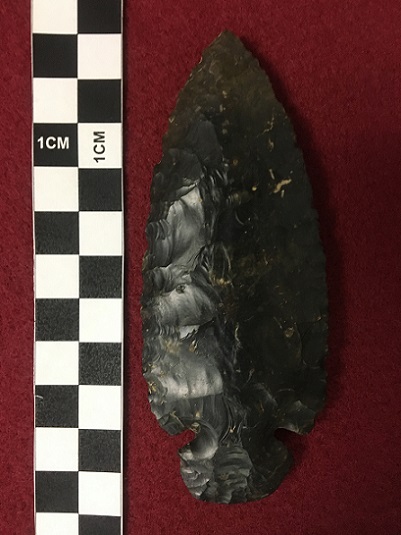
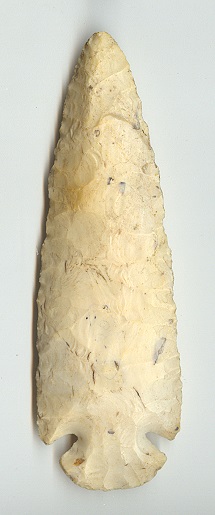
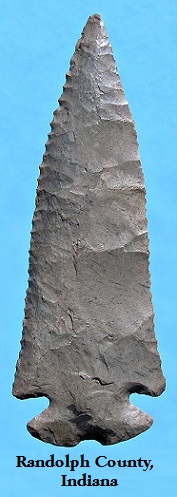
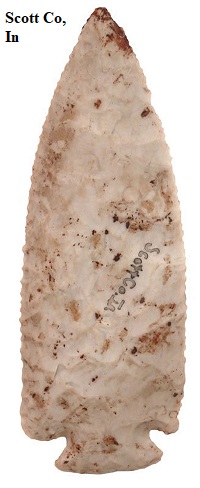
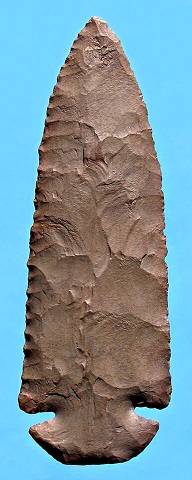
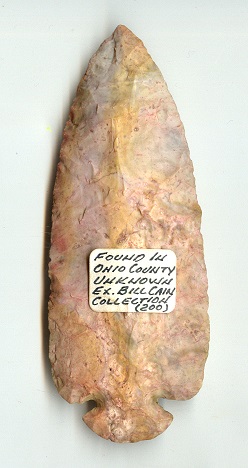
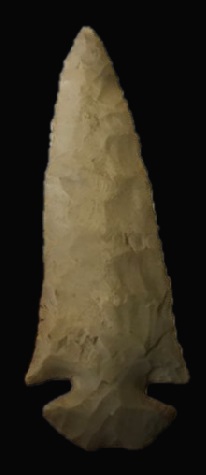
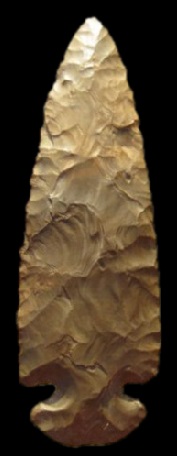
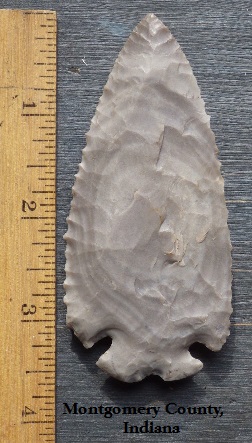
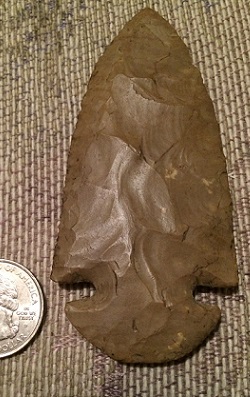
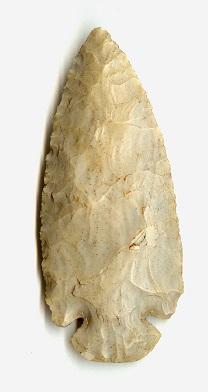
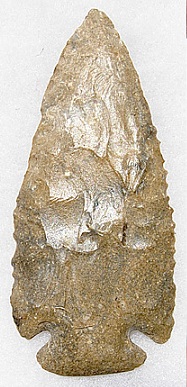
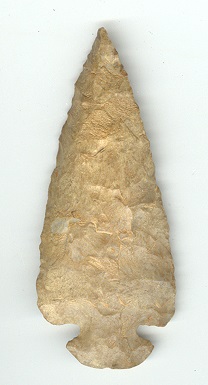
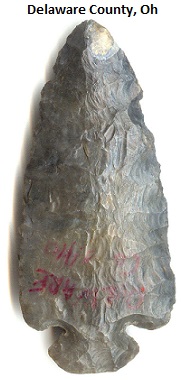
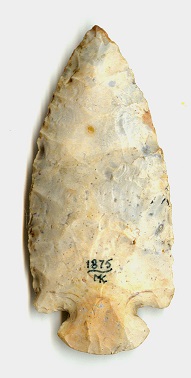
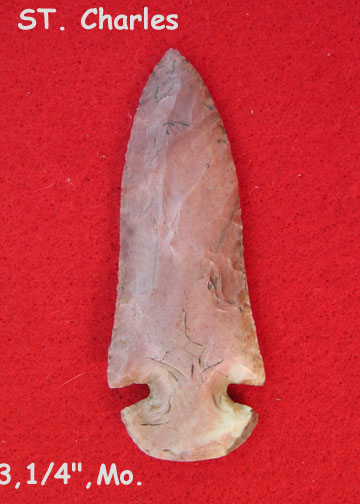
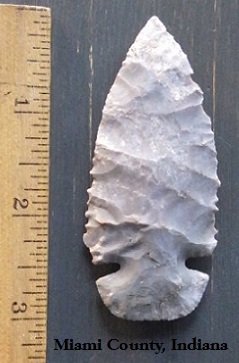
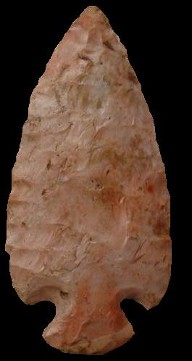
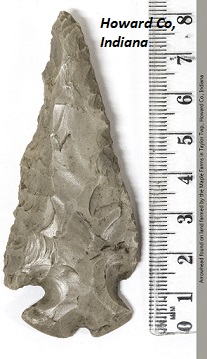
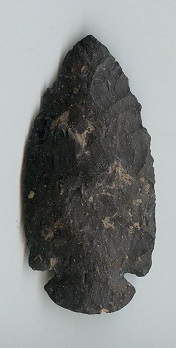
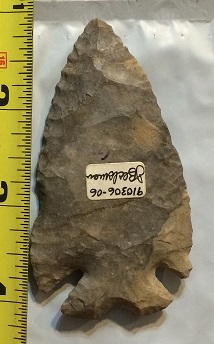
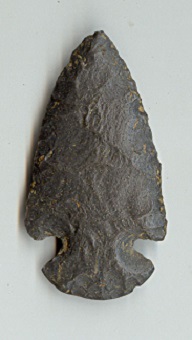
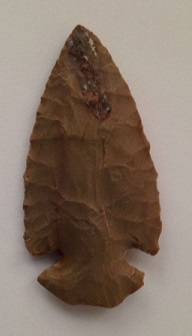
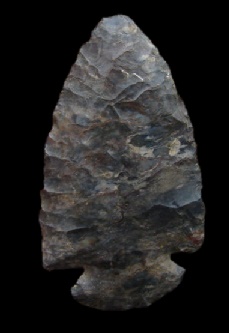
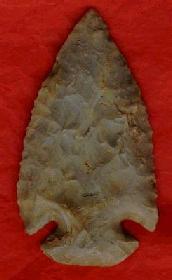
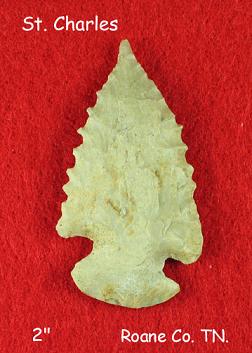
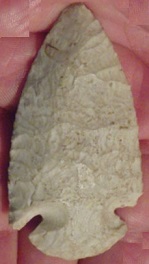
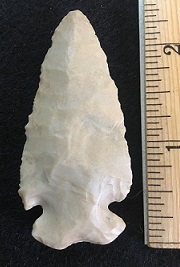
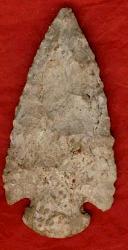
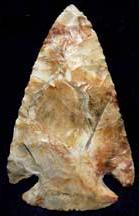
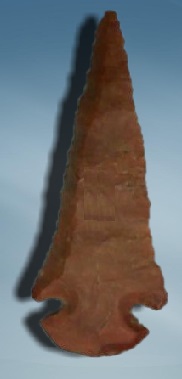
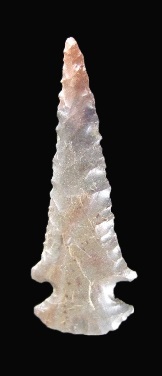
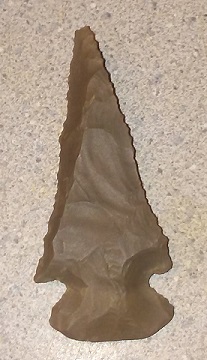
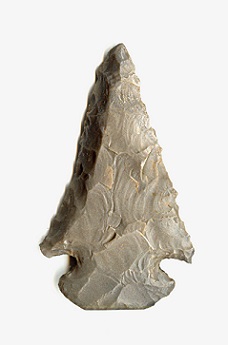
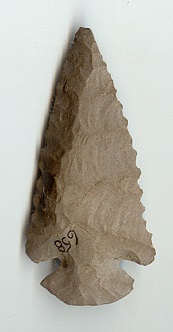
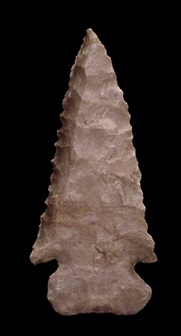
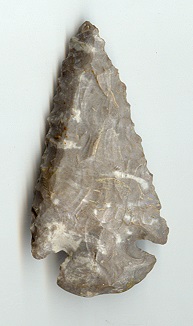
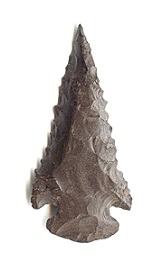

.gif)